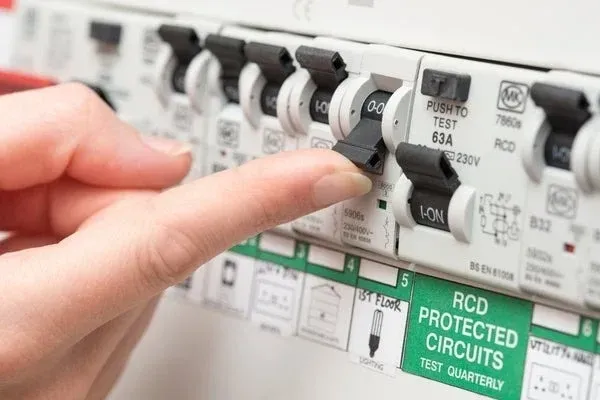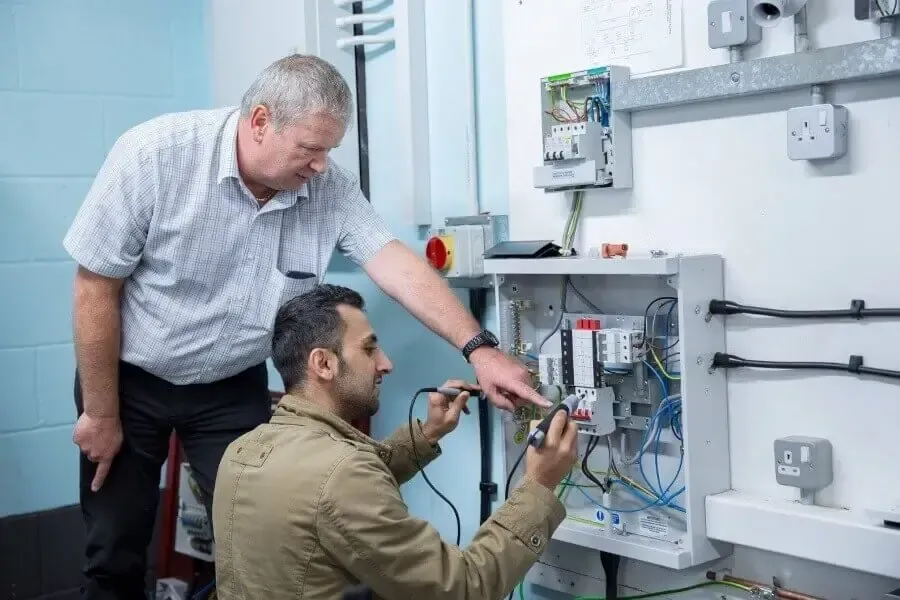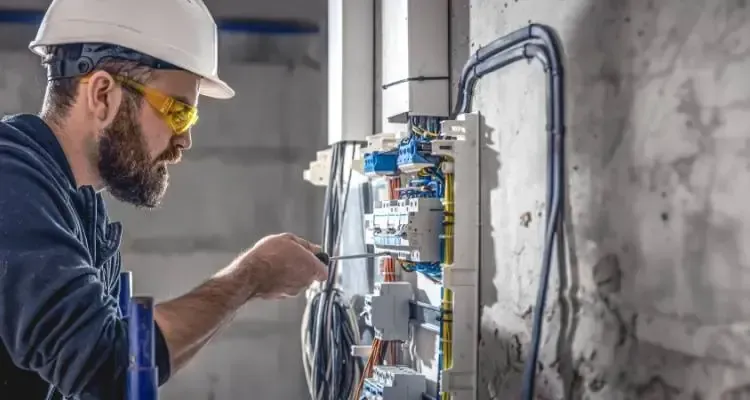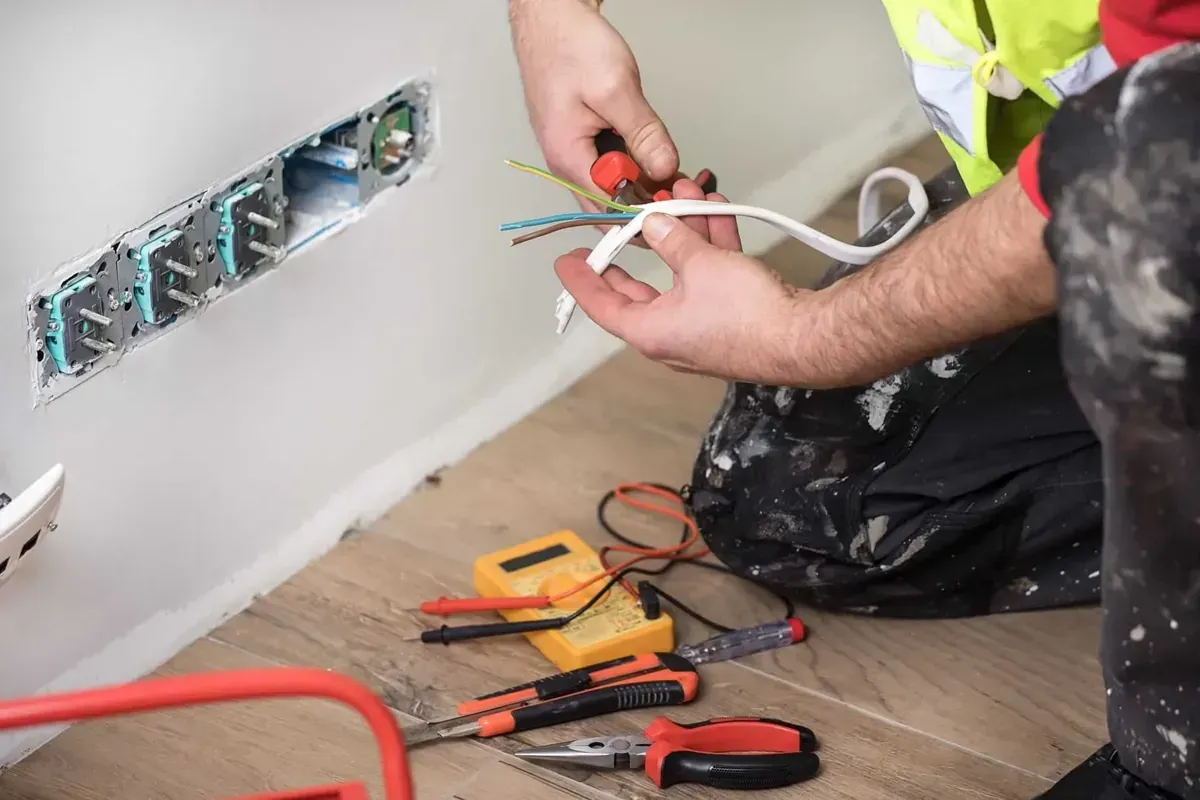Faulty Circuit Breaker Symptoms: Expert Detection Guide
When your home's electrical system starts showing signs of trouble, faulty circuit breaker symptoms are often the first indicators that something serious is wrong. Circuit breakers are your home's electrical guardians, designed to automatically shut off power when dangerous conditions arise. However, when these critical safety devices begin to malfunction, they can leave your property vulnerable to electrical fires, power surges, and potentially deadly electrical hazards.
Understanding how to identify faulty circuit breaker symptoms before they escalate into emergencies is crucial for every homeowner. Early detection of faulty circuit breaker symptoms can prevent system damage, protect your valuable electronics, and most importantly, safeguard your family from electrical dangers.
Understanding Circuit Breaker Function and Failure Patterns
The Science Behind Circuit Breaker Protection
Circuit breakers operate on precise electromagnetic and thermal principles designed to interrupt electrical current when predetermined safety thresholds are exceeded. These sophisticated devices contain internal mechanisms that respond to both overload conditions and short circuit faults. When functioning properly, circuit breakers provide instantaneous protection against electrical hazards.
The failure of these protective devices creates a cascade of potential problems throughout your electrical system. Modern circuit breakers are engineered to last decades, but various factors including electrical stress, environmental conditions, and manufacturing defects can cause premature failure.
Common Circuit Breaker Failure Modes
Circuit breakers can fail in several distinct ways, each producing different faulty circuit breaker symptoms. The most dangerous failure mode occurs when a breaker fails to trip during fault conditions, allowing dangerous electrical currents to continue flowing. Conversely, nuisance tripping happens when breakers trip unnecessarily, causing frustrating power interruptions.
Mechanical failure of internal components can cause breakers to become stuck in intermediate positions, neither fully on nor completely off. This condition creates resistance in the electrical circuit, generating heat and potentially causing damage to connected equipment.
Advanced Faulty Circuit Breaker Symptoms and Diagnostic Indicators
Unusual Electrical Behavior Patterns
One of the most telling faulty circuit breaker symptoms involves erratic electrical behavior that doesn't follow predictable patterns. Lights that dim randomly without corresponding changes in electrical load often indicate voltage regulation problems caused by failing breakers. Electronic devices that reset or malfunction sporadically may be experiencing voltage fluctuations from compromised circuit protection.
Power quality issues frequently manifest through sensitive electronic equipment behavior. Computers that crash unexpectedly, audio equipment that produces static, and LED lights that flicker can all indicate underlying circuit breaker problems. These symptoms suggest that the breaker is no longer maintaining stable electrical conditions within the circuit.
Temperature-Related Warning Signs
Thermal indicators represent some of the most critical faulty circuit breaker symptoms that demand immediate attention. Circuit breakers should operate at ambient temperature under normal conditions. Any noticeable warmth emanating from breaker switches, panel covers, or surrounding areas indicates dangerous operating conditions requiring professional evaluation.
Properly functioning breakers typically operate within normal temperature ranges. Breakers that exceed safe temperature thresholds are experiencing significant internal resistance problems. This thermal buildup accelerates component degradation and increases fire risk, making temperature monitoring crucial for identifying failing breakers.
Electrical Load and Performance Anomalies
Unexpected changes in electrical performance patterns often signal faulty circuit breaker symptoms that affect overall system efficiency. Circuits that suddenly behave differently than historical baselines may indicate that the breaker is no longer properly regulating electrical flow.
Motor-driven appliances provide excellent indicators of circuit breaker health. Air conditioning units, refrigerators, and washing machines that cycle more frequently than normal may be responding to voltage irregularities caused by failing breakers. Heating elements that take longer to reach operating temperature often indicate voltage issues from compromised circuit protection.
Environmental Factors Contributing to Circuit Breaker Deterioration
Moisture and Humidity Impact
Environmental conditions significantly influence circuit breaker lifespan and the development of faulty circuit breaker symptoms. High humidity environments accelerate corrosion of internal contacts and connections, leading to increased resistance and heat generation. Basements, crawl spaces, and outdoor electrical panels are particularly susceptible to moisture-related breaker deterioration.
Condensation formation within electrical panels creates conductive paths that can cause breakers to malfunction or fail prematurely. This moisture infiltration is especially problematic in coastal areas where salt air increases corrosion rates.
Temperature Extremes and Thermal Cycling
Extreme temperature variations cause expansion and contraction of breaker components, potentially leading to loose connections and mechanical stress. Electrical panels located in unheated spaces, attics, or areas exposed to direct sunlight experience thermal cycling that accelerates component wear.
High ambient temperatures significantly reduce circuit breaker current-carrying capacity and can cause premature tripping. Extremely cold temperatures can affect the mechanical operation of breaker mechanisms, potentially preventing proper tripping during fault conditions.
Electrical System Integration and Compatibility Issues

Panel and Breaker Compatibility Problems
Using incompatible circuit breakers within electrical panels creates numerous faulty circuit breaker symptoms and safety hazards. Each panel manufacturer designs breakers with specific mechanical and electrical characteristics that ensure proper fit and operation. Installing breakers from different manufacturers can result in poor connections and inadequate fault protection.
Counterfeit or reconditioned breakers pose particular risks because they may not meet original equipment specifications. These devices often exhibit faulty circuit breaker symptoms including improper trip characteristics, reduced fault interruption capability, and premature failure.
Electrical Code Compliance and Safety Standards
Modern electrical codes require specific types of circuit protection for different applications, and older breakers may not meet current safety standards. Arc Fault Circuit Interrupter (AFCI) and Ground Fault Circuit Interrupter (GFCI) protection requirements have evolved significantly, and outdated breakers may not provide adequate protection.
Homes with electrical systems installed before current code requirements may need breaker upgrades to meet safety standards. These upgrades improve electrical safety and can resolve chronic faulty circuit breaker symptoms caused by inadequate protection devices.
Professional Diagnostic Techniques and Testing Methods
Advanced Electrical Testing Procedures
Professional electrical testing goes beyond basic visual inspection to identify subtle faulty circuit breaker symptoms. Insulation resistance testing reveals deterioration of internal insulation that can lead to ground faults or short circuits. Contact resistance measurements identify problems with breaker connections that can cause overheating and eventual failure.
High-precision testing equipment can detect resistance increases that indicate contact erosion or loose connections. These measurements provide quantitative data about breaker condition that helps predict future performance and maintenance needs.
Thermal Imaging and Heat Pattern Analysis
Infrared thermography provides invaluable insights into circuit breaker operation by revealing heat patterns that indicate developing problems. Professional thermal imaging can detect hot spots, uneven heating patterns, and thermal anomalies that suggest faulty circuit breaker symptoms.
Thermal imaging surveys should be performed under load conditions to accurately assess breaker performance. Qualified thermographers can interpret thermal patterns and identify problems that may not be evident through other testing methods.
Preventive Maintenance and Early Detection Strategies
Systematic Inspection Protocols
Implementing systematic inspection protocols helps identify faulty circuit breaker symptoms before they develop into serious problems. Monthly visual inspections should include checking for obvious signs of damage, unusual odors, or abnormal sounds from electrical panels.
Quarterly operational testing of GFCI and AFCI breakers ensures these safety devices remain functional. This testing involves pressing test buttons and verifying proper operation of trip and reset functions. Documenting test results helps track breaker performance over time.
Smart Technology Integration
Emerging smart breaker technology provides real-time monitoring and remote control capabilities that revolutionize the detection of faulty circuit breaker symptoms. These advanced devices can transmit operational data, alert users to developing problems, and provide detailed information about electrical system performance.
Modern home automation systems can integrate electrical monitoring functions to provide comprehensive electrical system management. These systems can alert homeowners to faulty circuit breaker symptoms and coordinate responses during electrical anomalies.
Conclusion
Recognizing faulty circuit breaker symptoms requires understanding the complex electrical, environmental, and technological factors that influence breaker performance. From thermal indicators and electrical anomalies to environmental stressors and compatibility issues, multiple factors can contribute to circuit breaker deterioration and failure. Early detection through systematic inspection, professional testing, and advanced monitoring technologies provides the best protection against electrical hazards and system failures.
Protect Your Home with Professional Electrical Inspection Services
Don't wait for electrical emergencies to discover circuit breaker problems. When you need reliable electrical services for comprehensive system evaluation, circuit breaker testing, or complete electrical inspection services, trust the experienced professionals at Bee-lectric. Contact us today for expert electrical services that ensure your home's safety and reliability.



